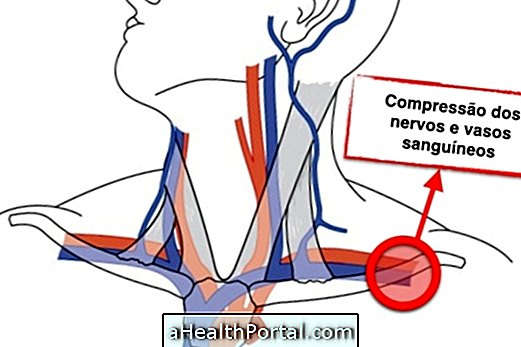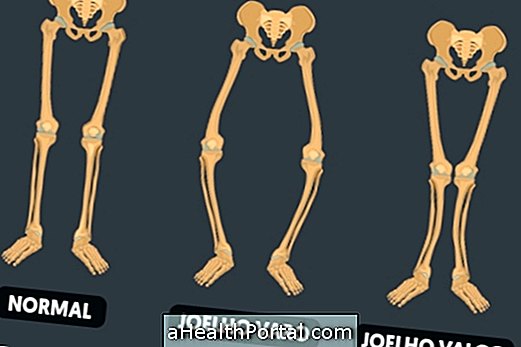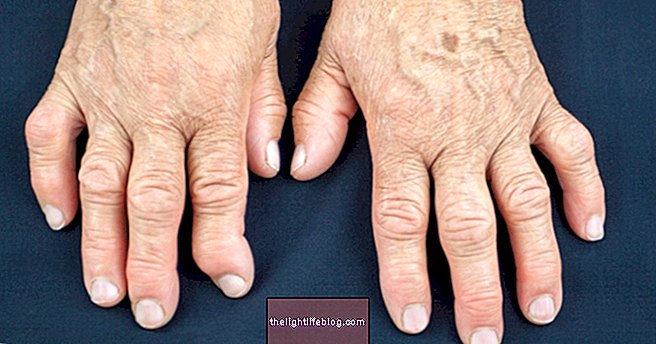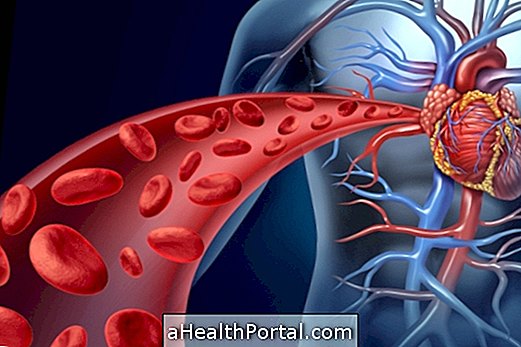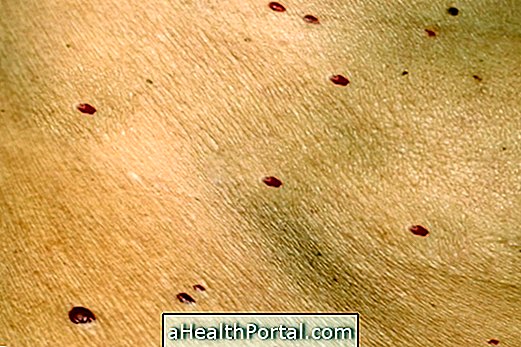Treatment for Baker's cyst, which is a type of synovial cyst, must be guided by an orthopedist or a physiotherapist and is usually initiated with resting of the joint and treatment of the problem that is causing fluid accumulation in the joint and onset of the cyst.
Depending on the problem that is causing the onset of Baker's cyst, your doctor may recommend different types of treatment. For example, if the patient suffers from arthritis, the orthopaedist may recommend injections of corticosteroids into the joint, if the patient has ruptured ligaments, physiotherapy or surgery may be necessary, for example.
Understand what baker's cyst is by clicking here. The main difference between the Baker cyst of the sebaceous cyst is the structures of the body involved. In baker's cyst the cyst is located between the gastrocnemius muscle and the semimembranosus muscle tendon, whereas the sebaceous cyst is composed of sebum and is found in the dermis or hepiderme.
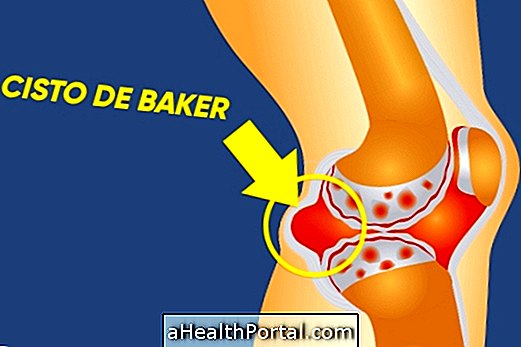
How to relieve symptoms of Baker's cyst
Some treatments, such as cold or physical therapy, help relieve symptoms of Baker's cyst until its cause is resolved, and include:
- Use compression socks: help reduce knee swelling, relieving pain by moving the joint and decreasing the risk of deep venous thrombosis;
- Applying cold packs: Applying cold on the back of the knee for 10 to 20 minutes helps reduce swelling and pain;
- Take anti-inflammatory medicines prescribed by your doctor: such as Ibuprofen or Diclofenac;
- Physiotherapy: uses exercises that help strengthen the knee muscles, avoiding exaggerated pressure on the joint and decreased pain.
In severe cases, where the pain is very severe or Baker's cyst is very large, it may be necessary to drain the cyst with a needle or to have surgery to remove the cyst.
See also: How to treat a knee injury
Already to treat Baker's ruptured cyst, it may be necessary to supplement treatment with the ingestion of analgesic remedies by the orthopedist, such as Paracetamol or Naproxen, since the fluid can escape to the calf and cause intense pain, similar to deep venous thrombosis.
Signs of Baker's Cyst Improvement
Signs of improvement in Baker's cyst may take up to a few months to emerge, depending on the problem that causes it, and include decreased pain, reduced swelling, and greater ease of movement of the knee.
Signs of worsening Baker's cyst
Signs of worsening Baker's cyst are mainly related to the broken Baker's cyst, which causes severe pain in the calf, swelling of the site and difficulty to move the leg, and can prevent walking.
Complications of Baker's cyst
The main complication of Baker's cyst is the appearance of deep venous thrombosis due to the formation of a clot in the veins of the legs, causing symptoms similar to the ruptured cyst, such as redness, swelling of the leg and intense pain, especially in the calf.
